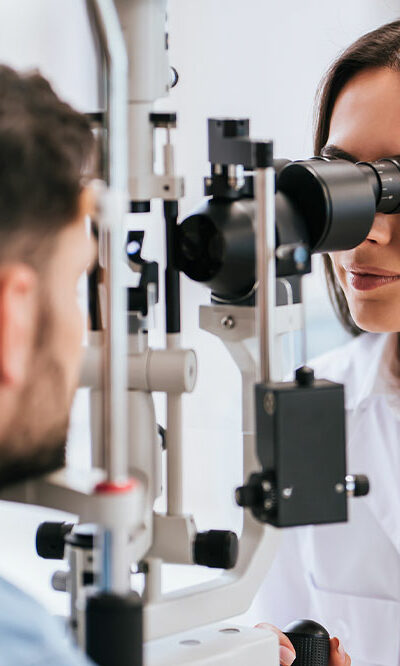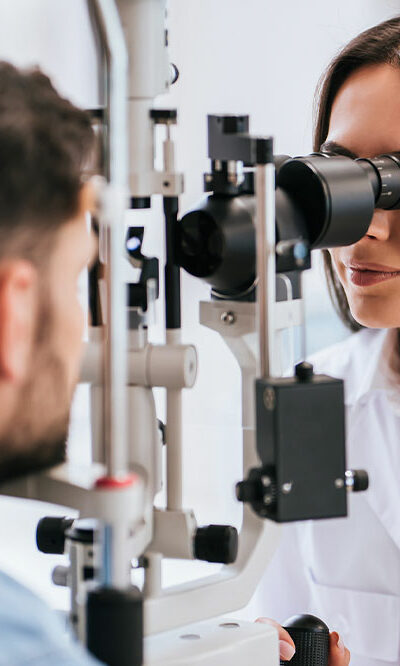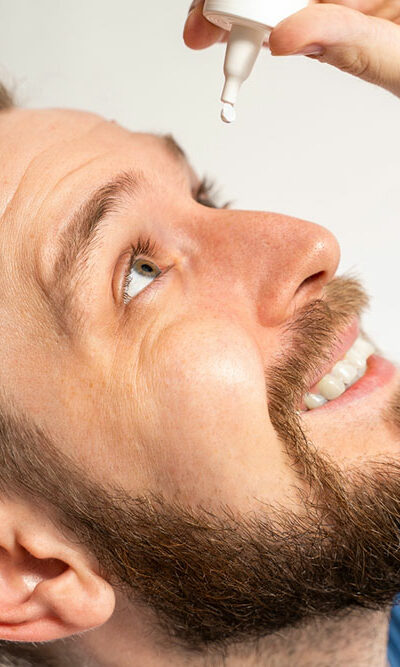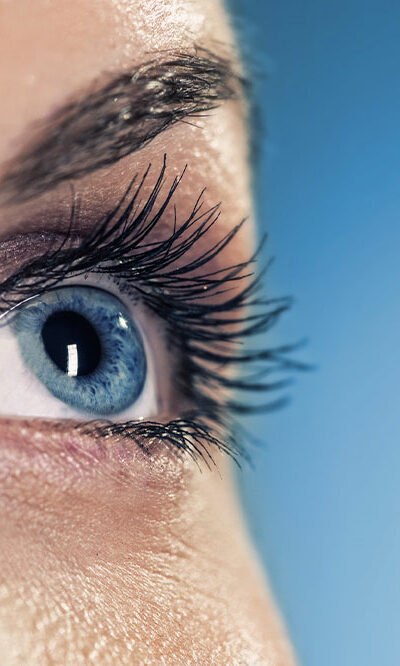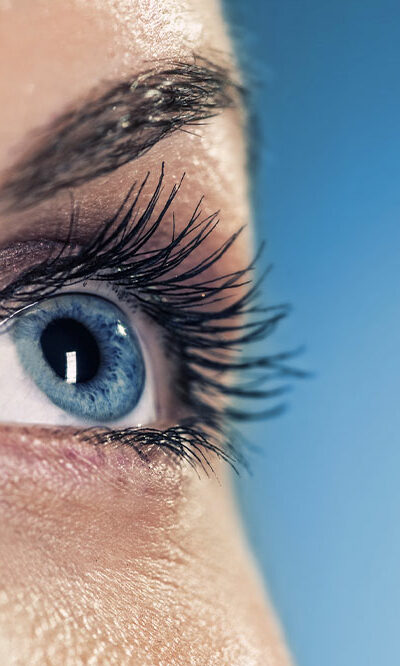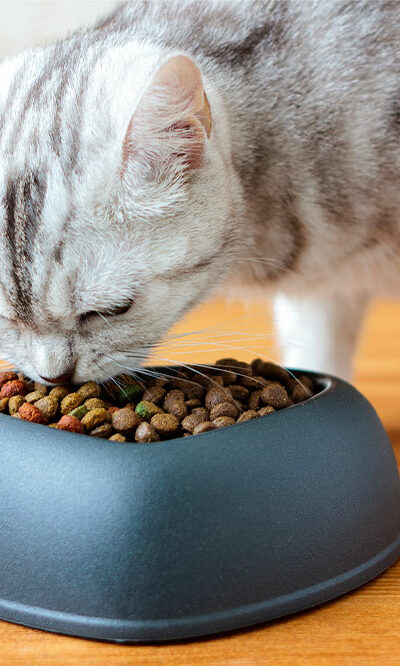
9 unhealthy habits that can harm skin health
A person’s skin is a reflection of their lifestyle and the foods they eat. If an individual follows a good skincare routine, such as bathing daily, moisturizing the skin regularly, and drinking plenty of water daily, their skin will remain fresh, soft, hydrated, and, above all, healthy. On the other hand, certain unhealthy nutritional and lifestyle habits are incredibly harmful to one’s skin. Here are some habits that can worsen one’s skin health. Chatting on the phone constantly Most people do not regularly clean or wipe their phone screens, allowing bacteria and germs to accumulate on its surface. On top of that, people spend a lot of time resting their chin or cheek against their phones. It causes the bacteria to come into contact with the skin directly, causing eventual, long-term breakouts and skin infections. Additionally, leaning one’s phone against the face causes friction, heat, and complete or partial blockage of certain blood vessels, leaving the skin in much worse condition. To avoid this, one can use a headset to prevent their face from touching their phone screen. Ignoring moles A mole can be a severe issue; however, most people ignore them, considering they are harmless. Moles are more than just prickly dark spots that one develops during certain seasons. Moles are an indicator of melanoma in people too. Therefore, one should not simply ignore moles on their skin. The right solution to avoid serious health issues like skin cancer is to get a mole screening done at least once yearly by an experienced dermatologist. During such examinations, one must ask the expert to inspect moles in the less-than-obvious skin areas, such as the soles of one’s feet, under the nails, and on the scalp. Eating sugar-rich foods often Foods heavy on sugar have been scientifically found to speed up the aging process, a change that is almost instantaneously visible on a person’s skin.
